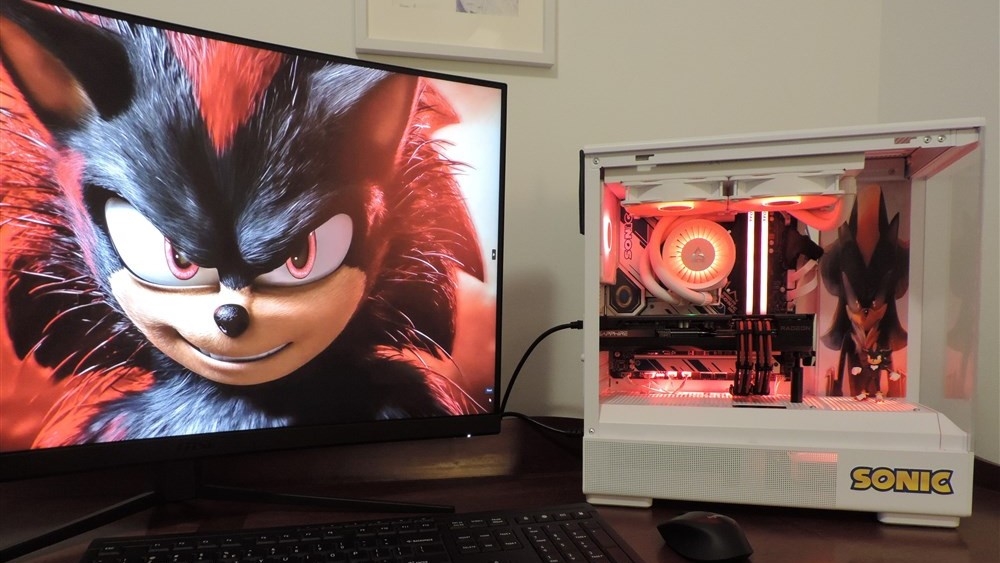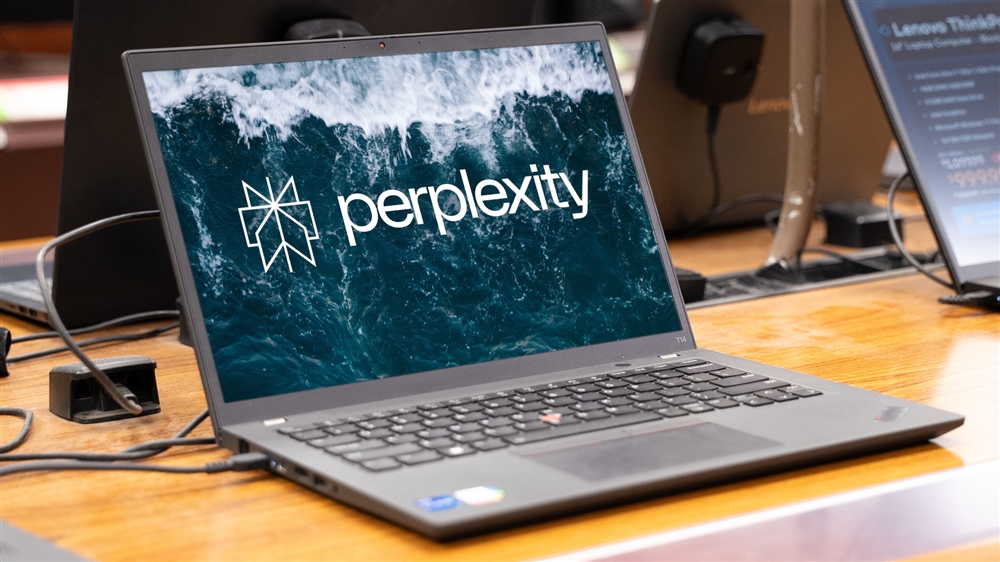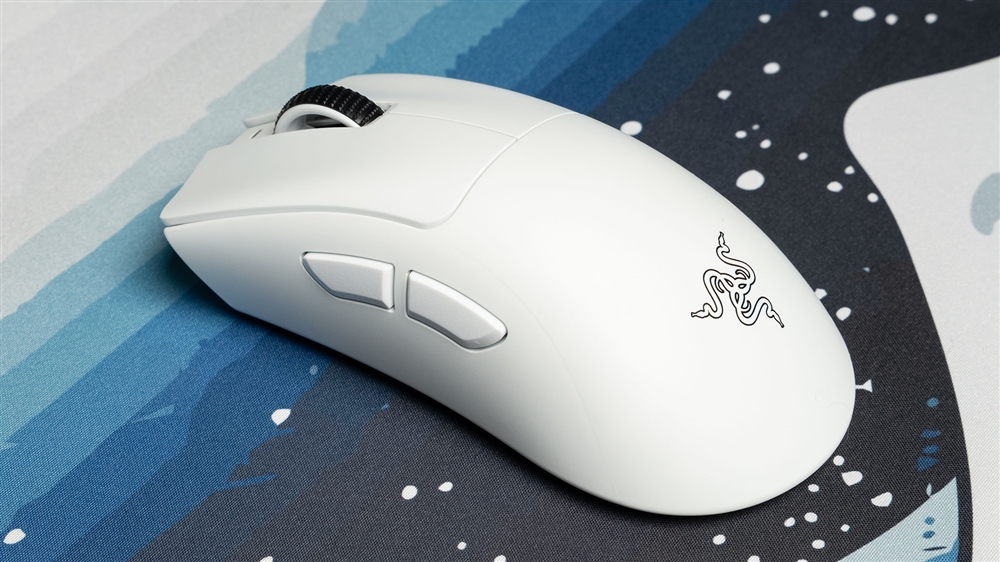Lenovo Legion Pro 7i Review: A 16-inch Powerhouse for Tomorrow's Games
This powerful laptop has everything from overclocking to eye-tracking.Reviews
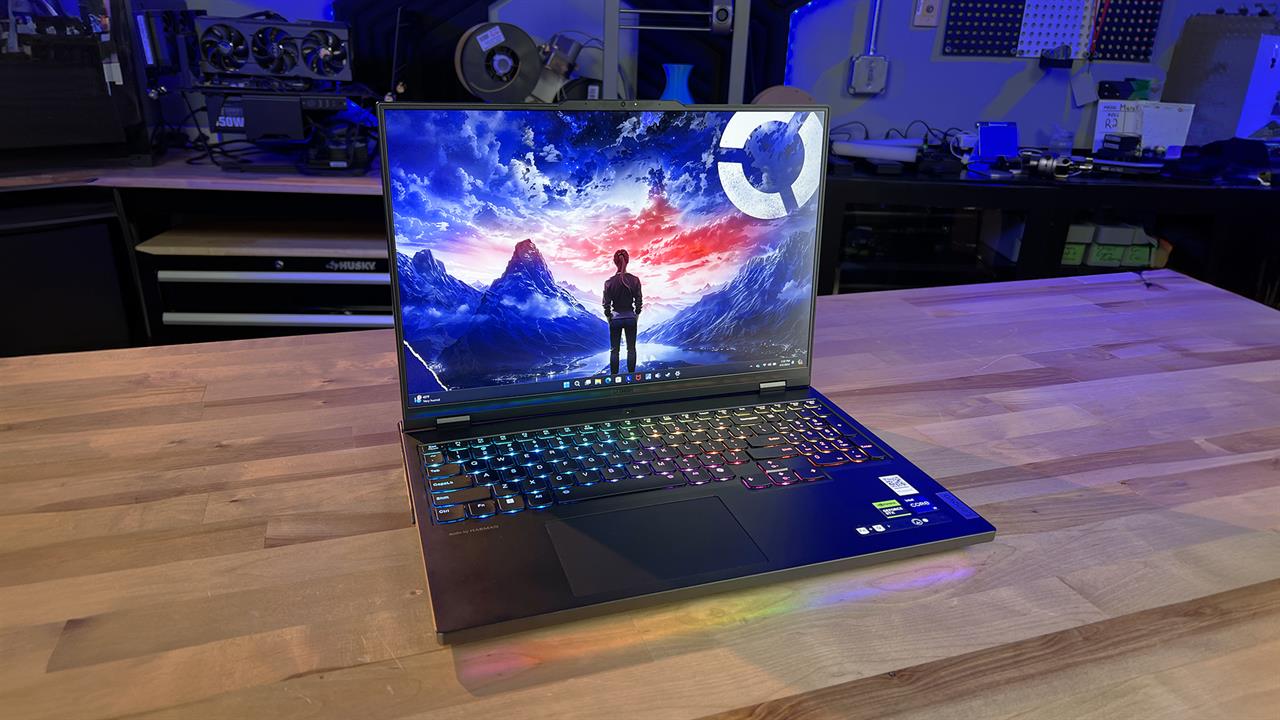
Lenovo's Legion is among my favorite gaming laptop lines because it starts with high-end gaming components and then incorporates so much of the expertise Lenovo brings to its business and consumer systems. That includes excellent ergonomic keyboards, highly accurate displays, and plenty of helpful built-in software.
The version of the Legion Pro 7i I tested also included Tobii eye tracking, software GPU overclocking and selectable color profiles for everything from DCI-P3 to Rec. 709 color (read more about what those color spaces mean in our guide to understanding computer monitors).
The design does a lot of what I like a gaming laptop to do -- it packs a lot of power into a package that's not too big and bulky, and it maintains a subtle dark-clad look that doesn't scream "gamer!" This could easily pass for a content creator's or 3D designer's laptop -- and it certainly could be used that way thanks to its excellent display and high-end parts.
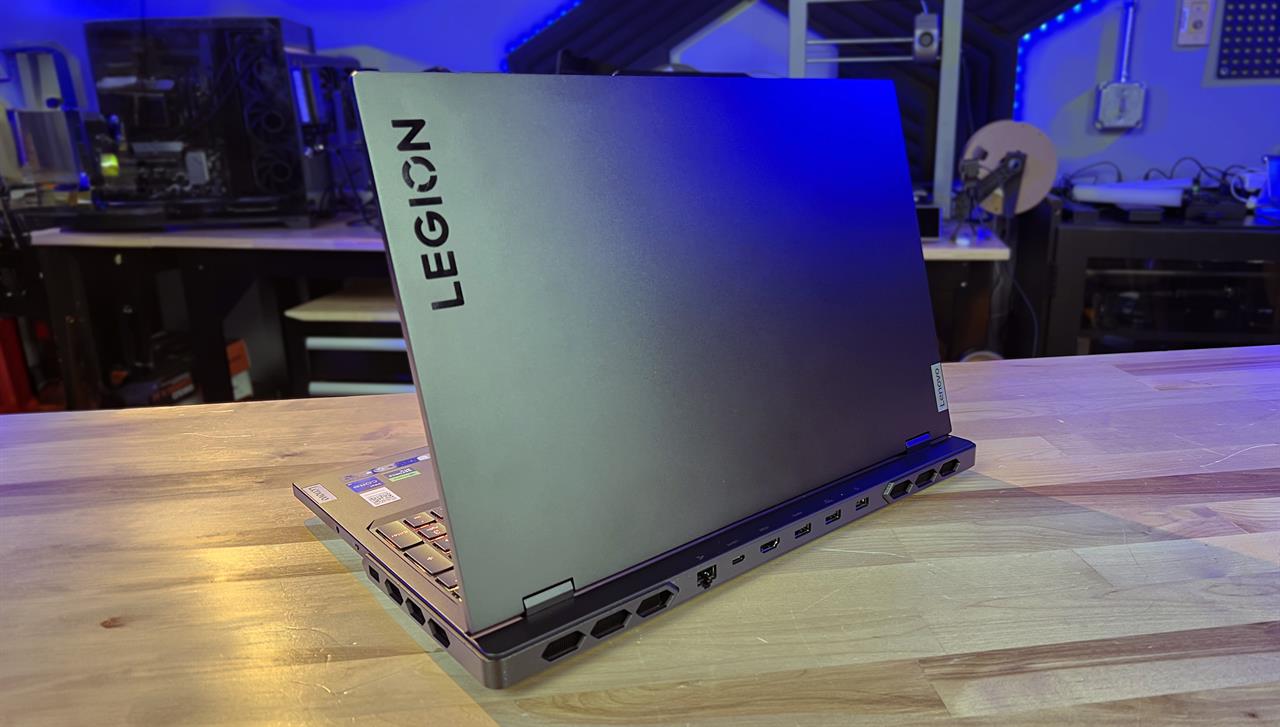
Display and components
The 16-inch display supports Dolby Vision HDR, and has a 16:10 aspect ratio at 2560x1600 resolution. That's the ideal middle ground for a gaming laptop this size -- very few people are going to run high-end games at full 4K resolution, especially hardware-intense games like Dragon's Dogma 2 or Helldivers 2.
This is an IPS screen, so it looks good from side angles, and short of jumping to a more-expensive OLED screen, it's as premium as a 16-inch gaming laptop display gets. In fact, trumping most other gaming laptops, the Legion Pro 7i has a 240Hz refresh rate, which is great for eSports and other competitive gaming. You can read more about why that's important in our high-refresh rate display explainer.
Inside this review unit is an Intel Core i9 CPU and NVIDIA's GeForce RTX 4080 GPU. That's coupled with 32GB of RAM, which is what I'd look for in a premium gaming laptop these days. With all that going on, cooling is a big deal, and the Legion Pro 7i deals with it in a couple of ways. First, you can jump between performance, balanced, and quiet modes with the Fn + Q keyboard shortcut. Quiet mode keeps the fan noise to a minimum, but also offers less active cooling. Lenovo also automates a lot of the cooling vs. power through a system it calls Lenovo AI Engine+, which learns from your workflow and balances power appropriately. There's even a vapor chamber inside to pull heat away from components, which is very similar to how liquid cooling works in a desktop.
Ports and inputs
The Legion Pro 7i offers a generous set of ports, including four USB-A ports, two USB-C ports, one of which is a Thunderbolt port, HDMI out, an Ethernet jack, and audio output. I also like that there's a physical switch to deactivate the 1080p webcam.
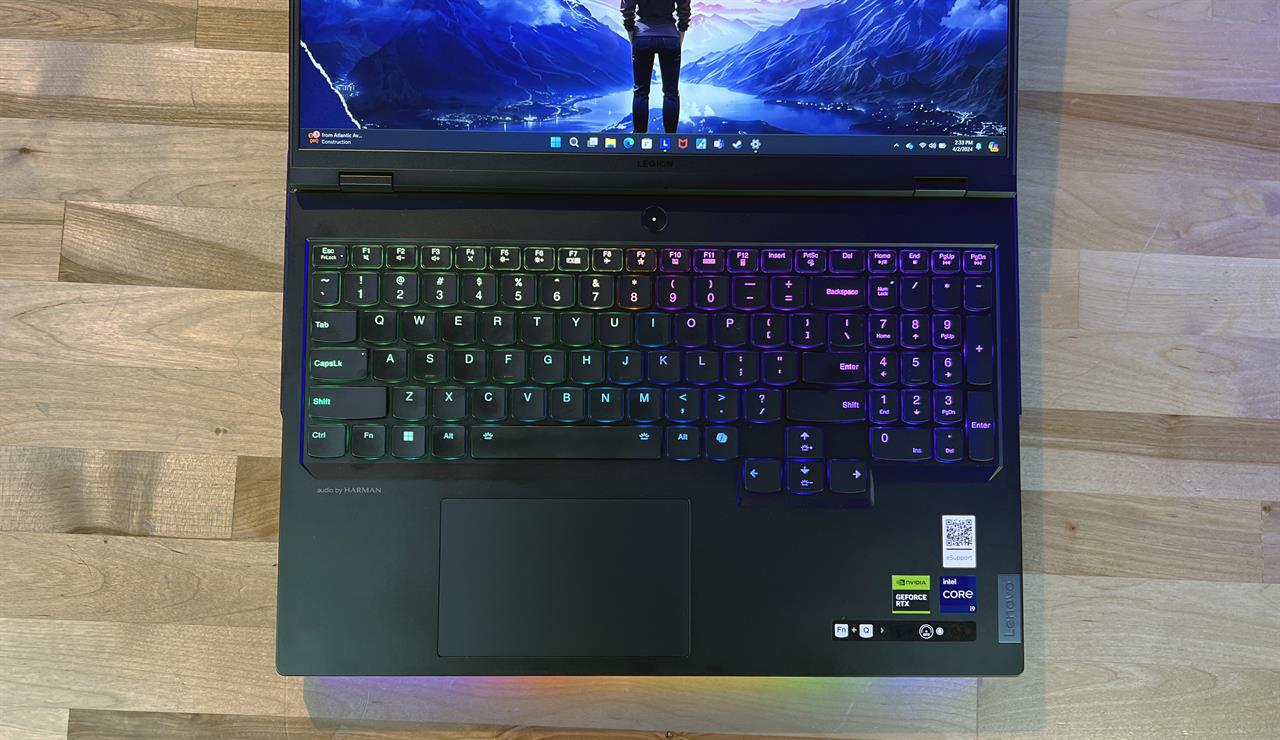
The entire keyboard has per-key RGB lighting, which can be personalized or run through a few presets. There's a light bar at the front lip that syncs up with the keyboard lights and it's probably the most gamer-looking thing about this laptop.
Performance and gaming
With that Core i9/RTX 4080 combo and plenty of RAM, this is one of the fastest gaming laptops I've tested, going toe-to-toe with similar systems from Acer, Razer, and others. In the benchmark numbers below, you can see the results. More importantly, in our own hands-on anecdotal testing, the Legion was great for productivity, content creation, and most importantly, gaming.
Naturally, I had to give it the ultimate current test, which is to run the PC version of Dragon's Dogma 2 at high detail settings. The game has pretty serious recommended PC specs and has been known to run slowly on even pretty powerful rigs. Playing at 2,560x1,600 resolution at high detail settings, I regularly got frame rates in the 60-70fps range in NPC-filled towns and could get over 100fps in the countryside, which should only improve as new patches improve the PC optimization.

The built-in Lenovo Vantage software can also help with performance and system settings. There's a one-button software overclocking mode for the GPU, which helped boost performance in our Dying Light 2 and 3D Mark tests, and can also give you info on system temp, CPU load, and other details. You can also turn on presence detection via the Tobii eye tracking to keep the system on while you're looking at it, and lock it when you walk away. Having successfully built system management software for devices like ThinkPad laptops, the consumer version here is pleasingly minimalist, with a clean, understandable design.
I think of the Legion Pro 7i as a gaming laptop that doesn't necessarily look like one, and that can easily be a creative hub as well. Other laptops can match the components and performance, but Lenovo's years of experience building great keyboards and practical system software help set this one apart.
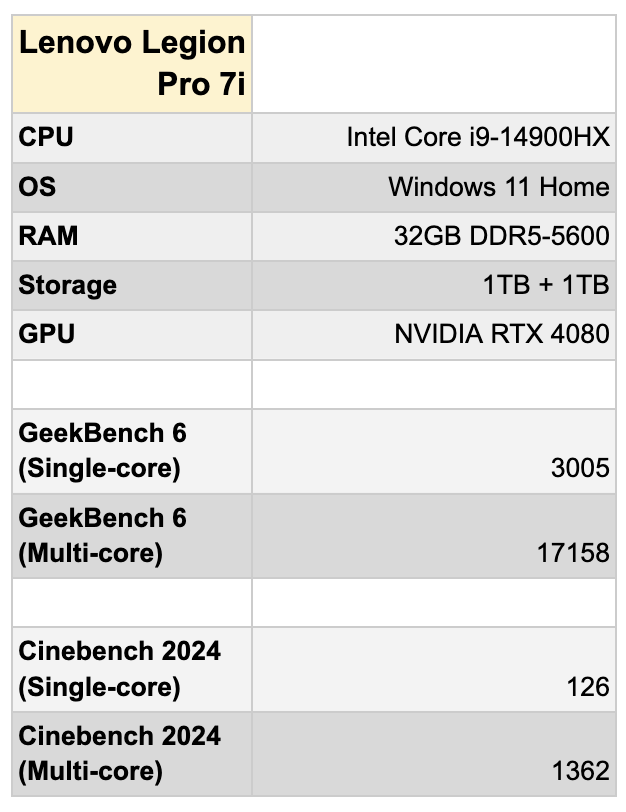
- See top new laptops at Micro Center
- See top new desktops at Micro Center
- See top new GPUs at Micro Center
- See top new CPUs at Micro Center
- Start building a new PC with Micro Center's PC builder
Micro Center Editor-in-Chief Dan Ackerman is a veteran tech reporter and has served as Editor-in-Chief of Gizmodo and Editorial Director at CNET. He's been testing and reviewing laptops and other consumer tech for almost 20 years and is the author of The Tetris Effect, a Cold War history of the world's most influential video game. Contact Dan at dackerman@microcenter.com.
Comment on This Post
See More Blog Categories
Recent Posts
This Week in AI: OpenAI Promises GPT-5 Changes
For Aug. 15, 2025: Perplexity bids for Google Chrome, Google adds "Create" tab to Photos, more impacts from AI energy needs, Elon Musk goes after Apple over OpenAI, companies still searching for AI profits.
Continue Reading About This Week in AI: OpenAI Promises GPT-5 Changes



